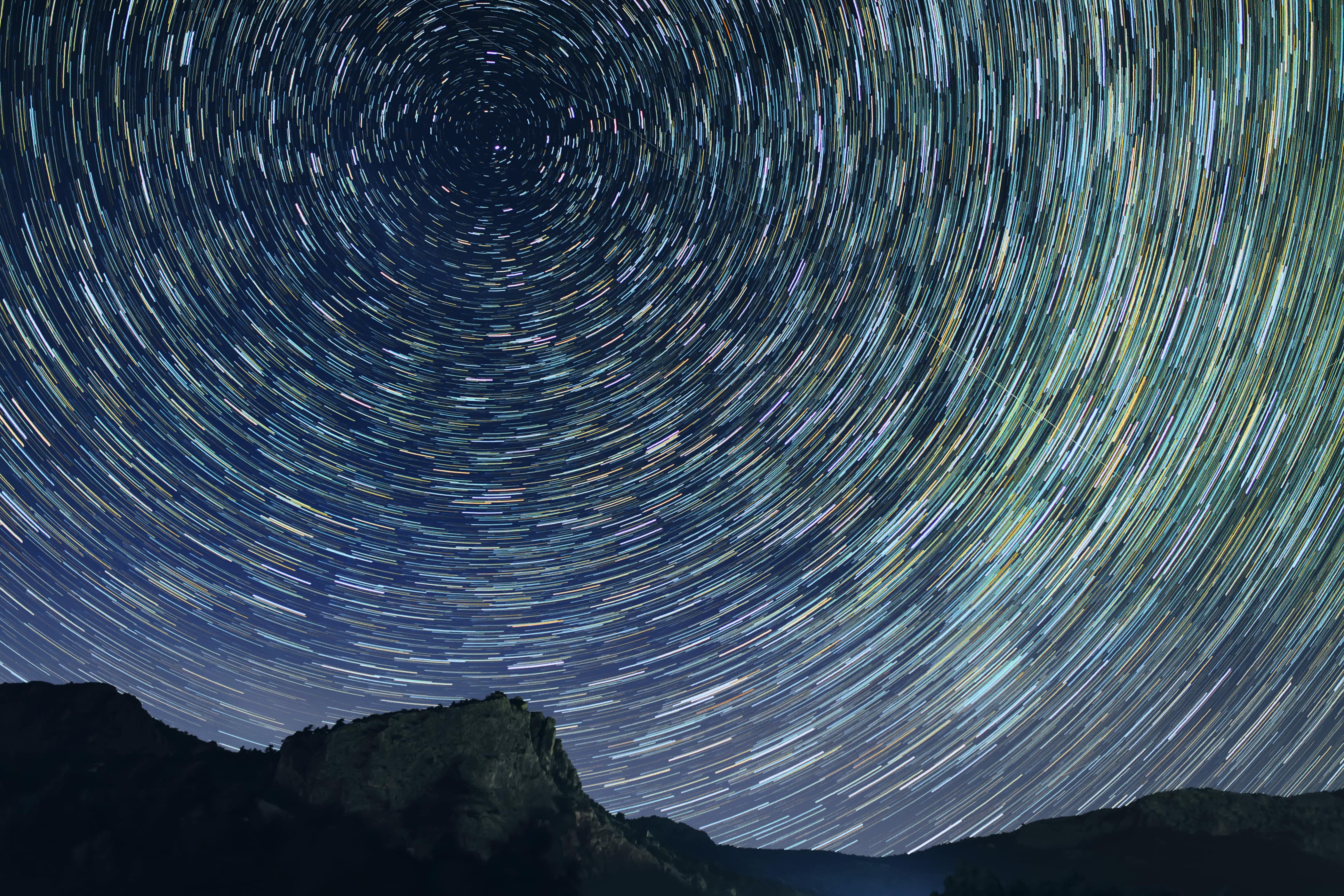

The recorder docker takes a picture when the image changes, but will wait for this capture interval to pass before making a new snap shot. Note the Manage Recordings button, which will assist you in selecting old recordings to remove. The directory where the snapshots are kept. Krita currently does not have this functionality. Similarly, this tool should also not be confused with Macro Recording, which is when you tell the program to record all your actions into a file, and have it play those back at a later date. People like to record their speed paints, and because both speed paints and time lapses are videos, people often confuse them. For example, drawing a whole landscape in 15 to 30 minutes. A speed paint is when you try to draw an image in a far shorter time than is usual for you. Some people also call time lapses ‘speed paints’, but these are not the same thing. However, snapshots can take up quite a bit of space, so if you are running out of space, don’t forget to check the temporary folder!Īt the end, you can turn the snapshots into a video file, ready for your favorite video sharing site. You can tell it’s turned on because there will be a recording symbol in the status bar, which is red when it’s making snapshots and white when it’s on standby.īecause it stores the snapshots, that means you can take breaks, close the image, turn off the computer, come back a month later. The recorder docker makes a snapshot of the canvas every few seconds, or at the end of every stroke.


Because this docker relies on FFMpeg, it cannot be used on Android. The recorder docker simplifies making a time lapse, by taking a snapshot every stroke and then letting you render it to a video file with ffmpeg. This is called a time lapse! Normally a time lapse is recorded using outside software, like OBS, and then sped up around 16 times, and they are used to convey the whole amount of effort that went into an image. You may have seen artists show little progress movies of their work.


 0 kommentar(er)
0 kommentar(er)
